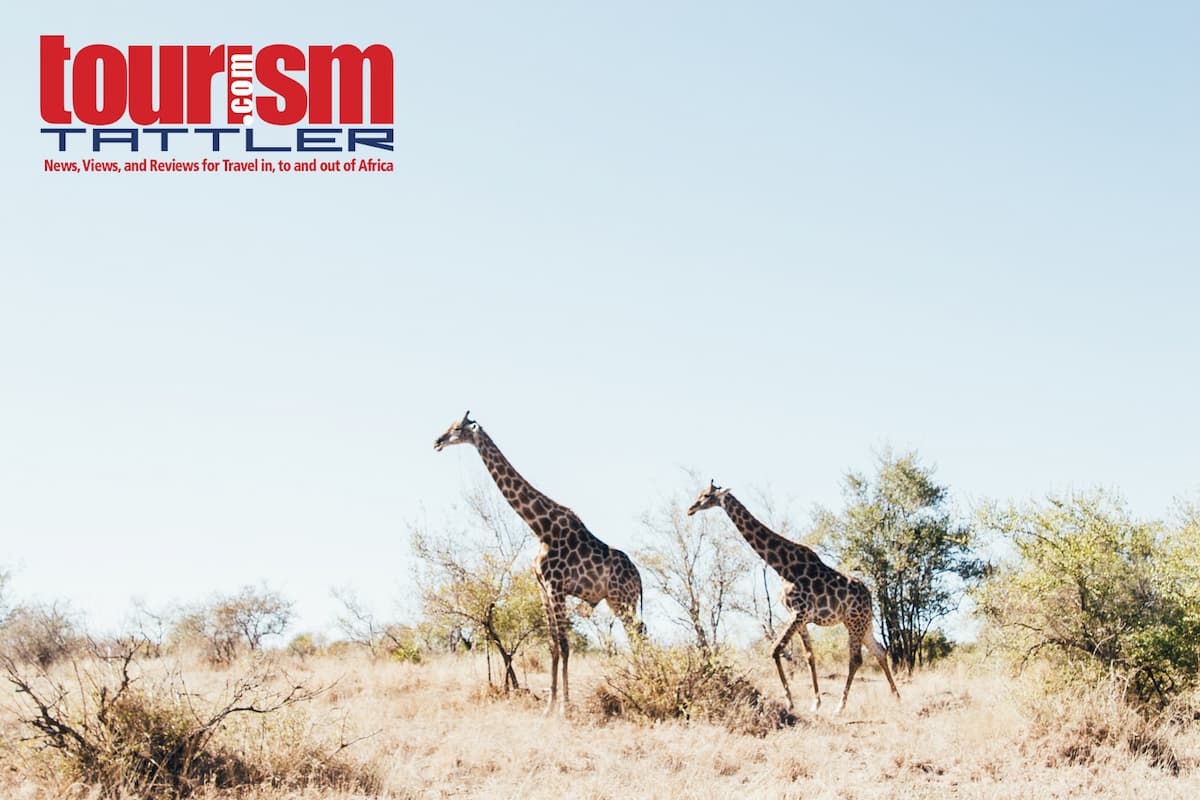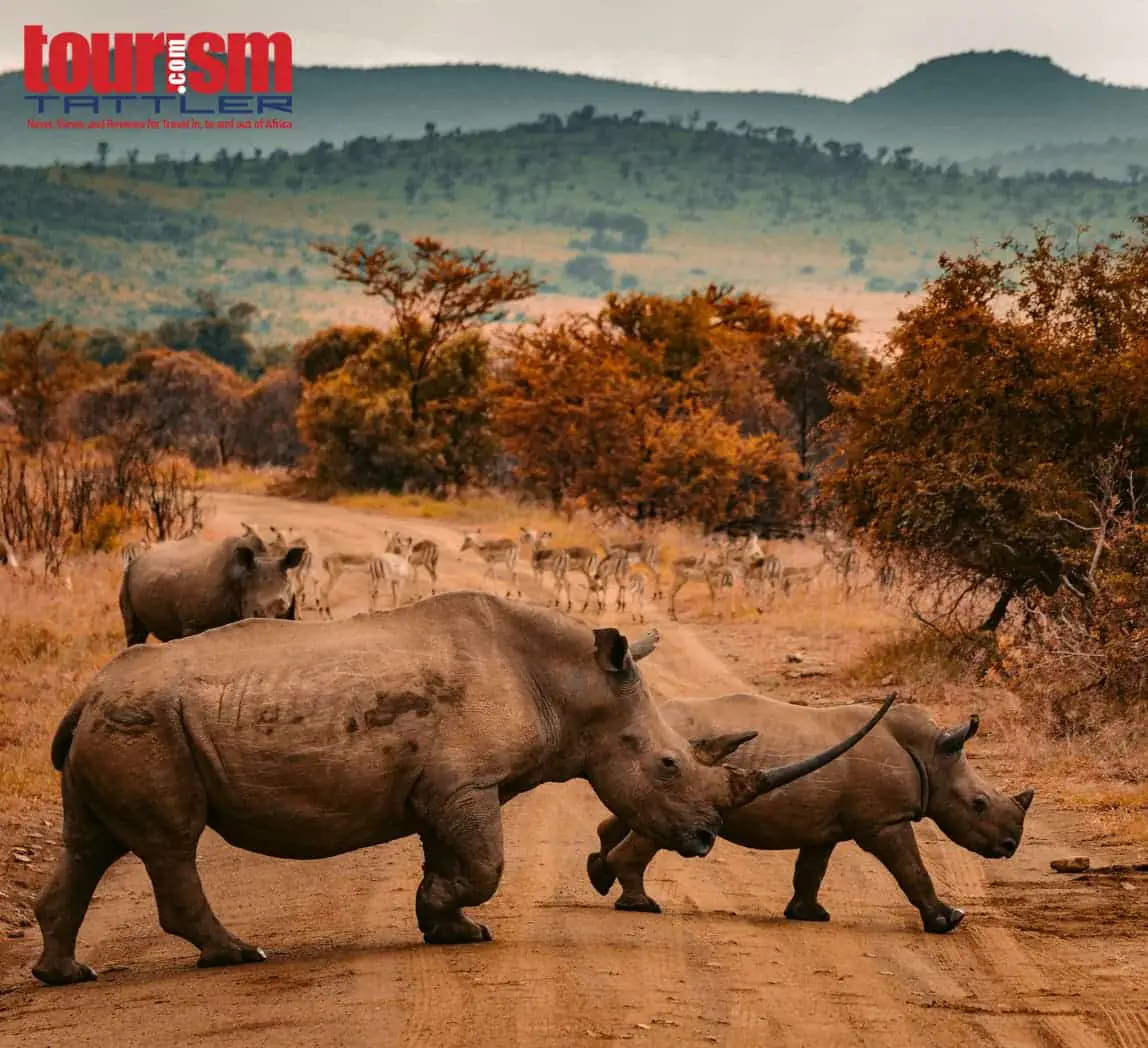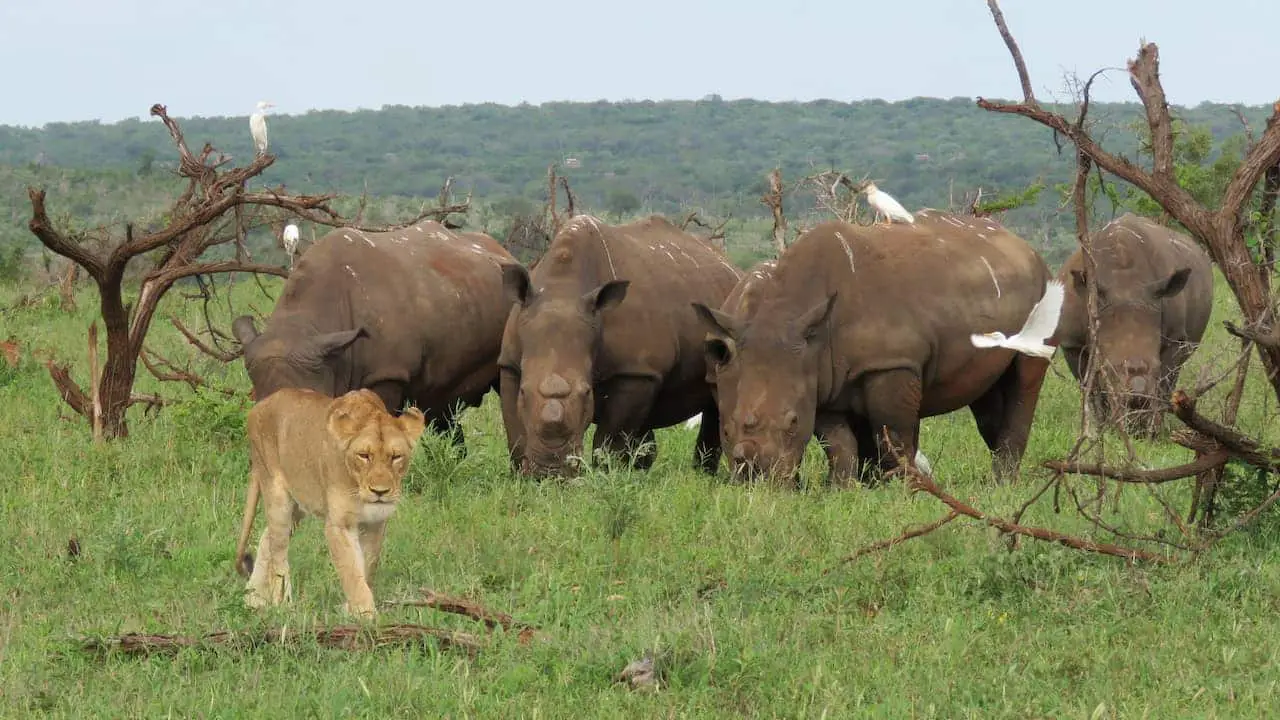Does South Africa Need Two B2B Travel Trade Shows?
Does the tourism industry in South Africa benefit from the concept of B2B travel trade shows, and if so, is the presence of two major trade shows in an emerging market like South Africa sustainable? By Des Langkilde.
The Stats
South Africa’s international tourist arrivals surpassed 10 million last year, 13 per cent more than 2015.
The reason for this growth can be attributed to a number of factors. South African Tourism’s global marketing campaigns, aimed at attracting more foreign tourists to the country, has no doubt, contributed to this growth. However, there have been numerous initiatives driven by the private sector in the tourism industry that has also contributed to this growth.
Whilst global marketing campaigns aimed at promoting positive brand awareness of South Africa are important, other tactical strategies resulting in actual tourists visiting South Africa are equally important.
The current challenges that are negatively impacting on South Africa’s brand image include issues of corruption, education crisis, and leadership uncertainties, among others.
These issues cannot be addressed through advertisements promoting the positive experiences of the country. Direct contact with
Trade shows or Business-to-Business (B2B) exhibitions, by their very nature, encourage dialogue between businesses seeking opportunities (buyers) and businesses promoting their products and services (sellers). It is well documented that for business to succeed, the need for face-to-face meetings is critical and B2B trade shows provide the platform for businesses to engage with each other and more importantly, to conclude business deals.
The Global Association of the Exhibition Industry (UFI) estimated that the value of the global exhibition industry in 2015 was worth over USD 55 billion, translating to 680,000 full-time jobs.
UFI’s Global Barometer shows that the exhibition industry is geared for further growth in 2017. According to UFI, visitors and exhibitors spend around USD 109 billion annually attending exhibitions. 50% of this benefits the tourism industry, which consists mainly of the accommodation, transport, food and beverage and shopping sectors.
Research undertaken by the Association of African Exhibition Organizers (AAXO) estimates that in 2015 the exhibition industry contributed R74,9 billion to South Africa’s economy, translating to more than 150,000 jobs via direct, indirect or induced spend.
Clearly, there is ample evidence to show the value of the exhibition industry and its impact on tourism.
But does South Africa need two major B2B trade shows to sustain growth? Let’s take a look at each.
Africa’s Travel Indaba
The annual Tourism Indaba, owned by SA Tourism, has been South Africa’s iconic leisure travel trade show. Hosted in Durban over the past 26 years, the Tourism Indaba was the only B2B travel trade show held on the African continent. Since its inception Indaba continued to experience steady growth in terms of the number of international buyers and exhibitors that the event attracted. However, since 2012, there has been a decline in participation with many in the industry complaining that “the event’s iconic energy was lacking”.
Statistics from the (2016) Indaba website reveal a 27% decline in exhibitor numbers between 2012 (1,437) to 2016 (1,049), and a 42.37% decline since 2010 (1,820). During this period international buyer numbers also declined from 2,518 in 2012 to 1,531 in 2016 representing a decline of 39%.
These declines often result in lost business opportunities for the tourism industry. The industry, therefore, called on SA Tourism to change the focus of Indaba aimed at aligning its format to global trends and exploring partnerships with global players in the travel trade industry.
WTM Africa
Recognising the opportunity to take advantage of the growth in the African tourism industry and the need to address industry concerns for a global travel trade show to be launched in Africa, Reed Exhibitions entered the South African market.
With over 3,700 employees across 40 countries, owning over 500 events in 43 economic sectors – Reed’s global travel portfolio of 22 international travel trade events – would have benefited SA Tourism.
Various attempts to forge a partnership with SA Tourism to grow Indaba apparently failed, and the result was the launch of a new travel trade show focused on the leisure market in Cape Town in April 2014 known as World Travel Market (WTM), Africa.
The WTM brand is a global brand owned by Reed Exhibitions and is strongly associated with the global travel industry. Reed’s decision to launch this brand in SA reaffirms the significant global interest in the South African and African tourism markets.
According to Sugen Pillay, Commercial Director at Reed Exhibitions, WTM Africa has grown significantly since its launch in 2014 with exhibitors increasing from 370 in 2014 to 646 in 2016 translating to an increase of 42%; trade visitors increasing from 2,132 in 2014 to 3,050 in 2016 (30% increase); and buyers’ club members increasing from 279 in 2014 to 653 in 2016 (57% increase).
In 2015 it was estimated that USD 333 million worth of business was signed at WTM Africa, which no doubt contributed significantly to the 10 million foreign tourists to South Africa.
Sustainability
Given the aforementioned stats, one could argue that the combined effect of Indaba and WTM Africa sustained numbers at 2,184 buyers and 1,695 exhibitors for 2016 (similar to Indaba’s 2013 figures, prior to WTM Africa’s 2014 launch), so in effect, there has been very little change. However, the number of duplicates (who visited as buyers or exhibited at both trade shows) is an unknown factor.
The concern, though, is that exhibitors are raising questions about the affordability of participating in both events.
Comparing the cost of exhibiting at the two trade shows, floor space at Indaba 2017 is R2,553 per sqm and R3,326 per sqm at WTM Africa 2017. I doubt that there are many SMME tourism business owners who can afford nearly R53,000 for a 3×3-meter stand at both shows, not to mention the cost of transporting their stand from Cape Town to Durban – a distance of 1,363 km by road – just 3 weeks later.
Review
As we operate in a free market economy, competition is healthy and gives the consumer more choices.
However, as Indaba is owned by SA Tourism – a government controlled DMO mandated to promote South Africa globally – should it be involved in the business of managing exhibitions?
This question was articulated in the SA Tourism Review conducted by a panel of experts in 2015, and I quote: “SA Tourism should seriously consider handing over the management of Indaba to an independent operator, given that industry is now actively and successfully operating in this space (as evidenced by WTM Africa), and the drain that Indaba places on SA Tourism resources.” Read the ‘SA Tourism Review Report’ article here.
Although SA Tourism did invite proposals for a strategic partner to grow Indaba and Meetings Africa, the process appears to lack transparency. As far as I am aware, the reasons for not going ahead have never been released and therefore requires closer scrutiny.
Conclusion
The statistics from both events show a clear picture – B2B trade shows do make a significant contribution to the country’s tourist arrivals, to the economy, and to job creation. But looking ahead to 2018, does South Africa still need two trade shows? What are your thoughts? Email [email protected]





